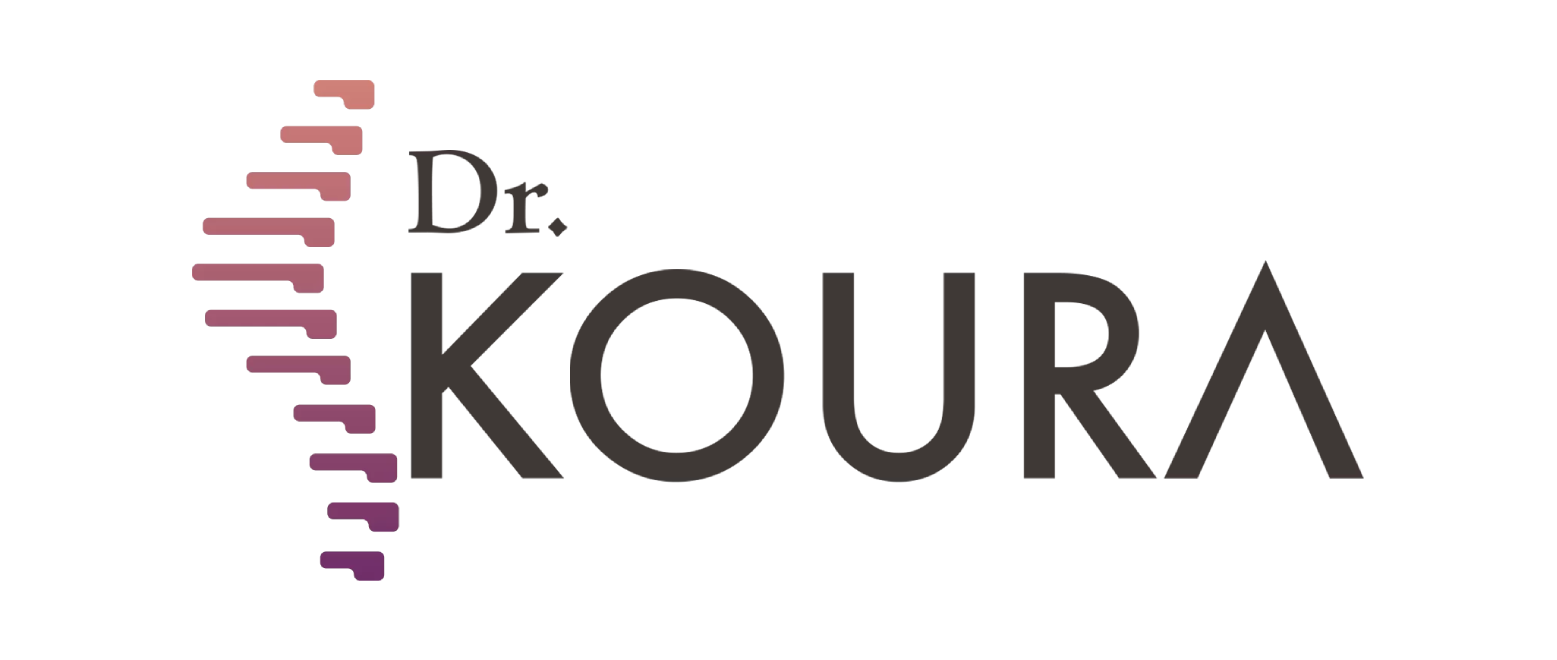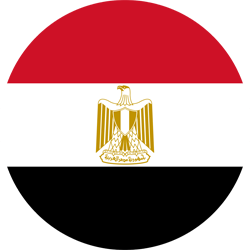Non-surgical treatment of thumb pain
Myofascial Pain Syndrome, also known as abdominal pain, is a structural muscular disorder that causes chronic pain and muscle contractions in the body's muscles and the surrounding connective tissues, sometimes referred to as fascia. Myofascial pain can be classified based on the specific area where the pain occurs, such as cervical myofascial pain, which refers to pain in the neck muscles, shoulders, upper back, and the surrounding fascia.
What are the causes of myofascial pain?
- Sedentary lifestyle.
- Neck spasms.
- Prolonged standing.
- Frequent device use.
- Using the phone with a bent neck.
- Incorrect sleeping positions.
- Heavy lifting.
- Sitting without back support.
What are the symptoms of myofascial pain?
Symptoms can vary from person to person depending on the severity of the pain, but the most common ones include:
- Numbness in the shoulder or arm.
- Sharp pain during shoulder movement.
- Feeling pain with deep breathing.
- Neck pain.
- Difficulty sleeping.
- Weakness in the affected muscle.
How is myofascial pain treated?
There are several treatment methods for myofascial pain, but the non-surgical interventions are currently preferred by patients due to their safety and ease of movement after the medical procedure. The choice of treatment technique may vary depending on the severity of the pain.
These techniques include thermal frequency and therapeutic injections, in addition to physical therapy. Some cases may require conservative treatment, and patients typically recover if they follow the medical guidance provided by their doctor.
Thermal frequency for myofascial pain treatment:
Thermal frequency is one of the most commonly used techniques in treating spinal and joint problems. It treats peripheral and central nerves using two techniques: regular thermal frequency and pulsed thermal frequency. This technique is entirely safe and highly successful.
1. Safely targets nerve roots.
2. Rarely affects sensory or motor function (the nerve retains the same level of sensation and movement with only changes in pain transmission).
3. Application of thermal frequency to peripheral nerves.
4. Safely treats all types of nerves, whether sensory or motor, without any risks to these nerves.
Physical Therapy:
One of the best ways to alleviate abdominal pain is through physical therapy. It helps improve range of motion, strengthen muscles, reduce pain intensity, tension, and anxiety. Some massage forms and techniques used during physical therapy can help reduce muscle spasms and pain caused by myofascial pain.





 Egypt
Egypt